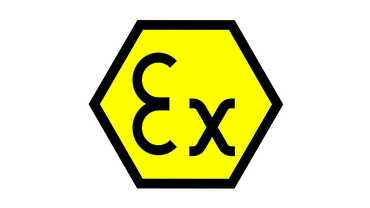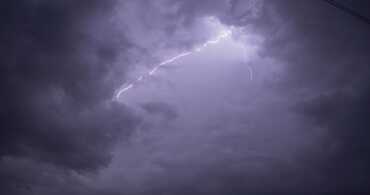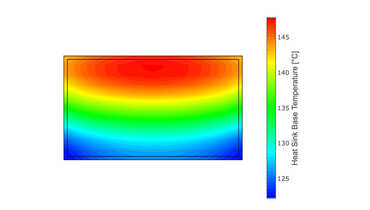An explosion is a discharge of energy and rapid increase in volume frequently co-occurring with the generation of exceedingly high temperatures and the release of gases.
Conditions for Explosions
As a general rule, for explosions to happen in the Earth’s atmosphere, three main factors have to be present simultaneously: oxygen (air), flammable material and a source of ignition.
Hazardous Zones
Hazardous zones typically develop in workplaces where flammable materials are abundant, and potential ignition sources are present, such as enamelling plants, mills and stores for milled products, refineries, paint workshops, chemical factories, loading areas for flammable gases, liquids and solids, and more.
Requirements for Explosions
However, for the explosion to occur the workplace must also have an abundant supply of fresh air. For this reason, the explosion protection standards revolve around aerobic (requiring oxygen) chemical reactions.
Standardizing Explosion Protection
The International Electrotechnical Commission (IEC) and International Organization for Standardization (ISO) co-ordinate, control and supervise all matters regarding explosion protection. Legislative cohesion between not only IEC/ISO World but also EN Europe and DIN EN Germany, which are the other major governing entities, was established by the IEC (EN) 60079 document. The IEC (EN) 60079 standard reliably prevents spontaneous combustions, thus effectively protecting people, property and the environment



